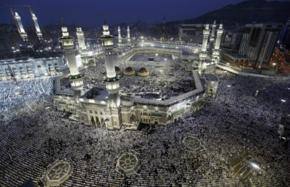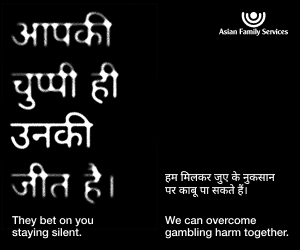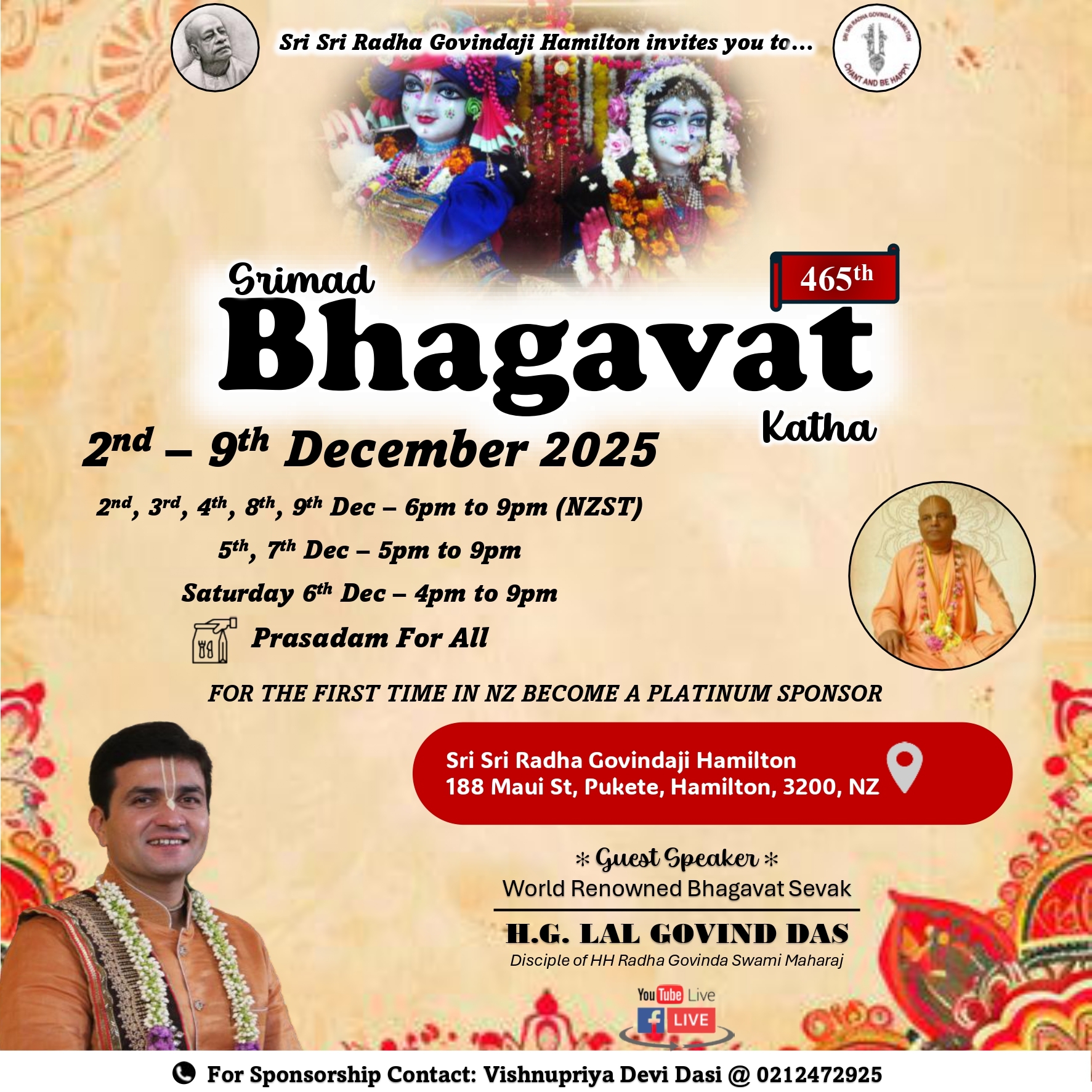The Essence of Submission: Eid-ul-Adha

Eid-ul-Adha, one of the most important festivals of the Muslim calendar, is also called the festival of sacrifice. It is a representation of two important Islamic events: the willingness of Abraham to sacrifice his son for God, and the culmination of Hajj (the annual pilgrimage to Mecca).
It is also called the Greater Eid.
The history of Eid-ul-Adha
Prophet Abraham (peace be upon him) was blessed with a child Ismail (pbuh) after the age of 80 years with his wife Hagar (pbuh). When Ismail was still nursing, Allah (swt) chose to test Abraham’s faith and asked him to leave his family in the barren valley of Bakka, 700 miles southeast of Hebron (the place that would later called Mecca)—a dry and rocky uninhabited place . It was difficult for Prophet Abraham to leave his family in such a place with just water in a leather bag and dates.
After being separated from his family for 10 years, Prophet Abraham returned to Mecca. He was quite surprised to see drastically changed Mecca. Abraham’s joy was interrupted when he had regular visions to face the ultimate test of his faith. He was commanded in his dream to sacrifice his only son Ismail in the name of God.
Prophet Abraham took his son to a deserted place to fulfil the command of God. As he raised his knife to sacrifice his son, Ismail was miraculously replaced by a lamb and his sacrifice was accepted by God. Abraham was overwhelmed to see his son standing beside him unhurt and smiling.
To commemorate this historic event of selfless sacrifice in devotion to Allah or the almighty, Eid-ul-Adha is celebrated.
About Haj
Haj is an important aspect of this festival. In fact, it is the one of the five pillars of Islam. Individuals who can afford (physically and financially) will have to make a pilgrimage to the Holy city of Mecca and offer Haj. Haj occurs from the 8 to 12 of Dhu al-Hijjah—the last month of the Islamic calendar.
Every year, more than two million make a trip to Mecca.
Upon arriving in Mecca, pilgrims perform the initial Tawaf, which is a circular counter-clockwise procession around Kabah, going between the mountains Safa and Marwah, as Hajar did during her search for water for his son Ismail. The pilgrims then stand together in a white plain of Arafah and ask for forgiveness, which is believed to be the preview of the day of Judgement. The pilgrims also throw stones at a stone pillar that represent Satan. The pilgrimage ends on the day of Eid-ul-Adha with the two Rakat prayers, sermon, sacrificing an animal and offering greetings to one another.
When going for Haj, people shed all signs of their wealth and societal distinctions by donning simple white garments called Ihram. The dress for men is two white cloths, one to be worn from the waist and the other to be wrapped around the shoulder. Women wear a simple white dress with a headscarf or their own native dress. The Ihram is a symbol of purity and equality and signifies that the pilgrim is in a state of devotion.
Men, women and children are expected to dress in their finest clothing to perform the Eid prayer in a large congregation in an open field called Eidgah or mosque. Affluent Muslims who can afford to, sacrifice their best Halal domestic animals (usually a cow, but can also be a camel, goat, sheep or ram depending on the region) as a symbol of Abraham's willingness to sacrifice his only son. The sacrificed animals, called adhiya (also known by its Persian term, Qurbani), have to meet certain age and quality standards or else the animal is considered to be an unacceptable sacrifice. ?
The meat from the sacrificed animal is recommended to be divided into three parts. The family retains one-third of the share; another third is given to relatives, friends and neighbours; and the remaining third is given to the poor and needy. Though the division is purely optional wherein either all the meat may be kept with oneself or may be given away to poor or needy, the preferred method is dividing it into three parts.
The regular charitable practices of the Muslim community are demonstrated during Eid al-Adha by concerted efforts to see that no impoverished person is left without an opportunity to partake in the sacrificial meal during these days.
The above contents is a compilation of information from various sources and is not intended to be a guideline, kindly refer to “Hadith” for clarification on correct practice.
Eid-ul-Adha, one of the most important festivals of the Muslim calendar, is also called the festival of sacrifice. It is a representation of two important Islamic events: the willingness of Abraham to sacrifice his son for God, and the culmination of Hajj (the annual pilgrimage to Mecca).
It is...
Eid-ul-Adha, one of the most important festivals of the Muslim calendar, is also called the festival of sacrifice. It is a representation of two important Islamic events: the willingness of Abraham to sacrifice his son for God, and the culmination of Hajj (the annual pilgrimage to Mecca).
It is also called the Greater Eid.
The history of Eid-ul-Adha
Prophet Abraham (peace be upon him) was blessed with a child Ismail (pbuh) after the age of 80 years with his wife Hagar (pbuh). When Ismail was still nursing, Allah (swt) chose to test Abraham’s faith and asked him to leave his family in the barren valley of Bakka, 700 miles southeast of Hebron (the place that would later called Mecca)—a dry and rocky uninhabited place . It was difficult for Prophet Abraham to leave his family in such a place with just water in a leather bag and dates.
After being separated from his family for 10 years, Prophet Abraham returned to Mecca. He was quite surprised to see drastically changed Mecca. Abraham’s joy was interrupted when he had regular visions to face the ultimate test of his faith. He was commanded in his dream to sacrifice his only son Ismail in the name of God.
Prophet Abraham took his son to a deserted place to fulfil the command of God. As he raised his knife to sacrifice his son, Ismail was miraculously replaced by a lamb and his sacrifice was accepted by God. Abraham was overwhelmed to see his son standing beside him unhurt and smiling.
To commemorate this historic event of selfless sacrifice in devotion to Allah or the almighty, Eid-ul-Adha is celebrated.
About Haj
Haj is an important aspect of this festival. In fact, it is the one of the five pillars of Islam. Individuals who can afford (physically and financially) will have to make a pilgrimage to the Holy city of Mecca and offer Haj. Haj occurs from the 8 to 12 of Dhu al-Hijjah—the last month of the Islamic calendar.
Every year, more than two million make a trip to Mecca.
Upon arriving in Mecca, pilgrims perform the initial Tawaf, which is a circular counter-clockwise procession around Kabah, going between the mountains Safa and Marwah, as Hajar did during her search for water for his son Ismail. The pilgrims then stand together in a white plain of Arafah and ask for forgiveness, which is believed to be the preview of the day of Judgement. The pilgrims also throw stones at a stone pillar that represent Satan. The pilgrimage ends on the day of Eid-ul-Adha with the two Rakat prayers, sermon, sacrificing an animal and offering greetings to one another.
When going for Haj, people shed all signs of their wealth and societal distinctions by donning simple white garments called Ihram. The dress for men is two white cloths, one to be worn from the waist and the other to be wrapped around the shoulder. Women wear a simple white dress with a headscarf or their own native dress. The Ihram is a symbol of purity and equality and signifies that the pilgrim is in a state of devotion.
Men, women and children are expected to dress in their finest clothing to perform the Eid prayer in a large congregation in an open field called Eidgah or mosque. Affluent Muslims who can afford to, sacrifice their best Halal domestic animals (usually a cow, but can also be a camel, goat, sheep or ram depending on the region) as a symbol of Abraham's willingness to sacrifice his only son. The sacrificed animals, called adhiya (also known by its Persian term, Qurbani), have to meet certain age and quality standards or else the animal is considered to be an unacceptable sacrifice. ?
The meat from the sacrificed animal is recommended to be divided into three parts. The family retains one-third of the share; another third is given to relatives, friends and neighbours; and the remaining third is given to the poor and needy. Though the division is purely optional wherein either all the meat may be kept with oneself or may be given away to poor or needy, the preferred method is dividing it into three parts.
The regular charitable practices of the Muslim community are demonstrated during Eid al-Adha by concerted efforts to see that no impoverished person is left without an opportunity to partake in the sacrificial meal during these days.
The above contents is a compilation of information from various sources and is not intended to be a guideline, kindly refer to “Hadith” for clarification on correct practice.









Leave a Comment